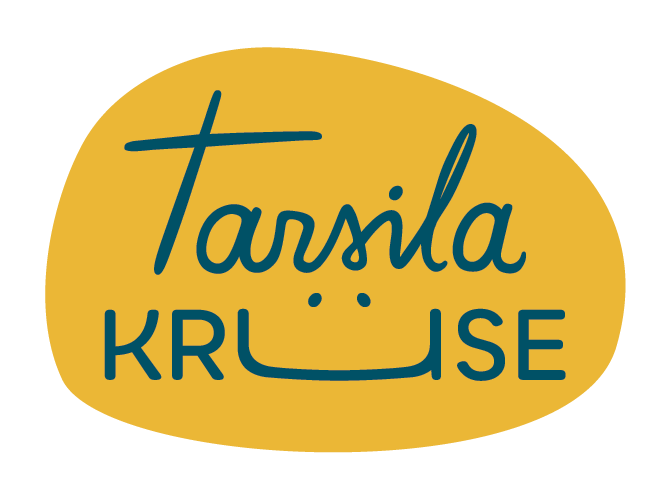This year, I had the incredible opportunity to work alongside two Irish Sign Language Interpreters, Pauline McMahon, ISL/English interpreter from Deaf Communications and Patrick Matthews, full-time assistant professor of Deaf Studies in TCD, at the Museum of Literature Ireland (MoLI).
After releasing my book, “Little Love Lessons” through O’Brien Press, Sarah Webb and Jennie from MoLI reached out to me for help leading a few workshops that would be more inclusive and accessible to everyone.
MoLI aims to provide a welcoming space for children and families to enjoy and participate in a variety of workshops and events throughout the year, and this perfectly aligns with my goal of promoting inclusivity through my work, especially through My Little Album of Dublin, Little Album of Ireland and, of course, Little Love Lessons.
We had a great time during the workshop sessions, which were held in their charming LitLab. I shared the story behind Little Love Lessons and read some sections from the book. I also encouraged the families to collaborate in making various art pieces. At the same time, throughout the session, the ISL interpreters not only conveyed my words but also visually expressed instructions and ideas seamlessly.
Despite doing plenty of workshops and events with children, it became evident that providing support for people who are deaf and heard of hearing was not in my skill set, nor had I considered it before. Though, as the saying goes, once you know better, do better.
Did you know that a Sign Language Translator and a Sign Language Interpreter are two distinct roles? I wasn’t! A Sign Language Interpreter receives relevant background information beforehand to research and prepare specialised vocabulary. They don’t just translate word for word but rather convey and enhance the intended meaning. They are skilled storytellers in a language many of us may not comprehend. Being a visual communicator differently, I can humbly appreciate their highly skilled work and professionalism.
When communicating with someone who is deaf or hard of hearing using Irish Sign Language, it’s important to keep a few things in mind. Firstly, there may be a slight delay between what is being said and what needs to be interpreted. To ensure effective communication, it’s important to face the deaf person and interpreter, speak slowly and steadily, and regularly check in throughout the session. Additionally, it’s crucial to use the appropriate language for deaf or hard of hearing individuals and avoid using the term “people with hearing impairment”.
I’ve been talking about Irish Sign Language frequently because sign languages vary from region to region. ISL is primarily used in Ireland and occasionally in Northern Ireland, although British Sign Language is more prevalent there. Numerous sign languages exist, including Brazilian, New Zealand, American, French, Chinese, and others. They all rely on visual-manual modalities to communicate meaning instead of spoken language.
This was the first time I worked with Irish Sign Language Interpreters, and it was a fantastic learning experience that taught me how to better cater to families and children who are deaf or hard of hearing. Interestingly, just a week later, I facilitated a workshop where a group of four children and two adults all communicated in Irish Sign Language. Thanks to Moli and the kindness of the ISL Interpreters, I felt confident in my ability to support them and ensure they had an enjoyable experience like everyone else.
Thanks to Sarah Webb, Jennie Ryan, the incredibly supportive staff at MoLI and especially Pauline and Pat, who made it all possible.



































